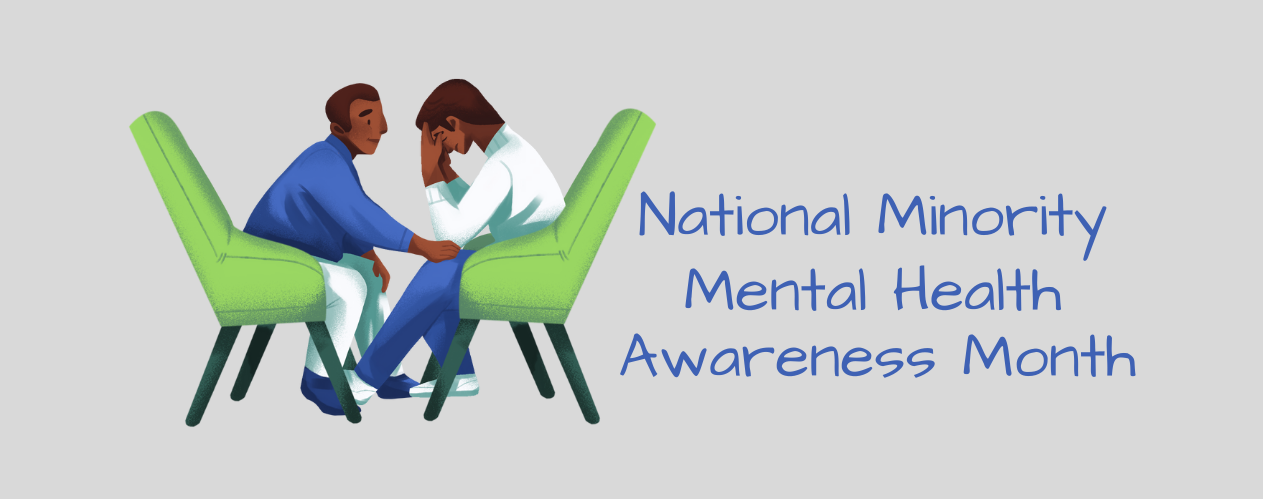While mental illness can affect people of any race, ethnicity, or background, racial minorities often face unique struggles. To understand those struggles better, Minority Mental Health Awareness Month began in 2008 and has taken place every July since.
This year’s theme “Beyond the Numbers” calls attention to the history of minorities and how their resilience was born from oppression, persecution, and abuse.
According to the 2022 County Health Rankings, Cambria County has 460 people to one mental health provider while Somerset County has 900 people to one mental health provider.
Due to a lack of access to mental health services and the stigma that often surrounds seeking mental health help, “roughly two-thirds of people with a diagnosable mental illness do not seek treatment,” according to the Office of Minority Health within the Anxiety and Depression Association of America. For minorities, they are even less likely to get help for mental illness.
According to National Alliance of Mental Illness (NAMI), the annual prevalence of mental illness among adult minorities in the United States in 2020 was:
- 17.3% of Black adults
- 18.4% of Hispanic or Latino adults
- 35.8% of Mixed/Multiracial adults
- 13.9% of Asian adults
Of those adults in the U.S who had a mental illness, NAMI shows that less than 50% of minorities received treatment annually:
- 37.1% of Black adults
- 35.1% of Hispanic or Latino adults
- 43.0% of Mixed/Multiracial adults
- 20.8% of Asian adults
In comparison, NAMI showed that White Americans saw an annual prevalence of mental illness in 2020 of 22.6 %, though a higher number than minority groups, more than 51.8% received treatment.
One of the biggest barriers to mental health treatment for Black Americans is access to care and treatment. Mental Health America reports that while the Affordable Care Act helped close the insurance gap, 11.5 percent of Black Americans still went uninsured in 2018 versus 7.5 percent of White Americans.
In order to treat mental illness more successfully in minorities, there needs to be a better understanding of the barriers faced. Other than access, barriers also include stigma, education on mental illness, apprehensiveness in obtaining help, and many more.
According to Mental Health America, the goal of this year’s BIPOC Mental Health Month is to join to “gain knowledge on historical context, systems of support, and actionable ways to move forward toward a mentally healthy future.”
Sources:
https://www.countyhealthrankings.org/app/pennsylvania/2022/rankings/cambria/county/outcomes/overall/snapshot
https://www.ncdhhs.gov/blog/2020-07-28/july-minority-mental-health-awareness-month
https://www.nami.org/mhstats
https://mhanational.org/issues/black-and-african-american-communities-and-mental-health

